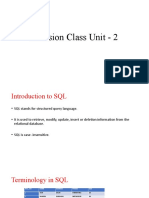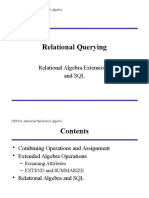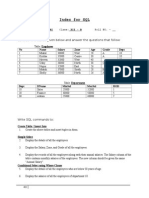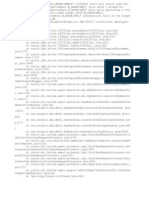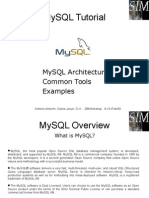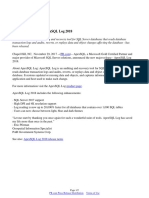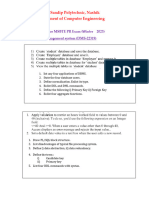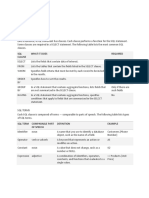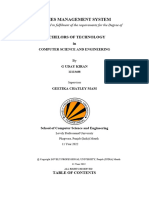0% found this document useful (0 votes)
8 views5 pagesSQL
SQL is a language for managing data in relational databases, allowing for CRUD operations such as creating, reading, updating, and deleting data. It is distinct from MySQL, which is an RDBMS that utilizes SQL for data management. SQL commands are categorized into DDL, DML, DQL, DCL, and TCL, with various constraints and joins available for data integrity and relationships.
Uploaded by
swagatsahu8050Copyright
© © All Rights Reserved
We take content rights seriously. If you suspect this is your content, claim it here.
Available Formats
Download as TXT, PDF, TXT or read online on Scribd
0% found this document useful (0 votes)
8 views5 pagesSQL
SQL is a language for managing data in relational databases, allowing for CRUD operations such as creating, reading, updating, and deleting data. It is distinct from MySQL, which is an RDBMS that utilizes SQL for data management. SQL commands are categorized into DDL, DML, DQL, DCL, and TCL, with various constraints and joins available for data integrity and relationships.
Uploaded by
swagatsahu8050Copyright
© © All Rights Reserved
We take content rights seriously. If you suspect this is your content, claim it here.
Available Formats
Download as TXT, PDF, TXT or read online on Scribd
/ 5


































